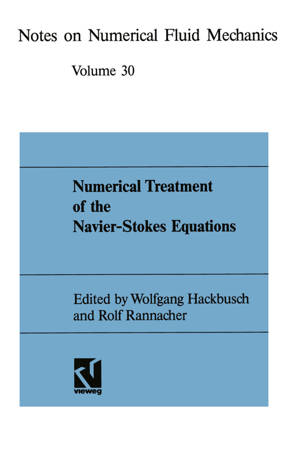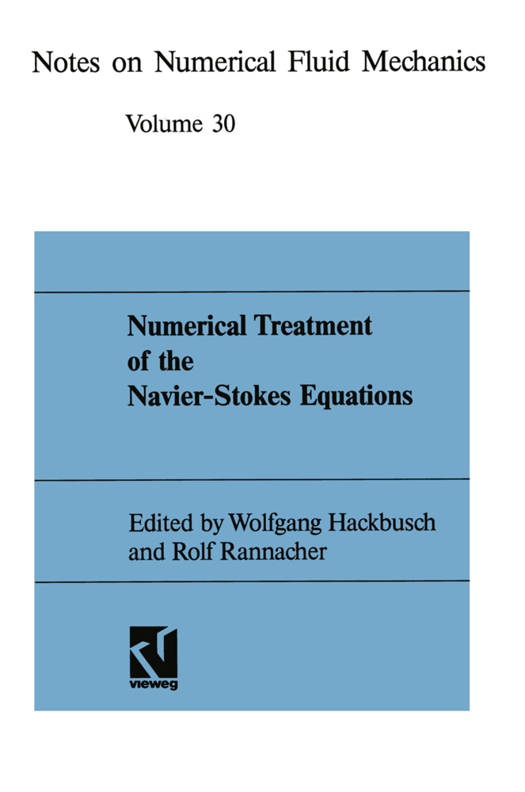
- Afhalen na 1 uur in een winkel met voorraad
- Gratis thuislevering in België vanaf € 30
- Ruim aanbod met 7 miljoen producten
- Afhalen na 1 uur in een winkel met voorraad
- Gratis thuislevering in België vanaf € 30
- Ruim aanbod met 7 miljoen producten
Zoeken
€ 54,45
+ 108 punten
Omschrijving
The most frequently used method for the numerical integration of parabolic differential equa- tions is the method of lines, where one first uses a discretization of space derivatives by finite differences or finite elements and then uses some time-stepping method for the the solution of resulting system of ordinary differential equations. Such methods are, at least conceptually, easy to perform. However, they can be expensive if steep gradients occur in the solution, stability must be controlled, and the global error control can be troublesome. This paper considers a simultaneaus discretization of space and time variables for a one-dimensional parabolic equation on a relatively long time interval, called 'time-slab'. The discretization is repeated or adjusted for following 'time-slabs' using continuous finite element approximations. In such a method we utilize the efficiency of finite elements by choosing a finite element mesh in the time-space domain where the finite element mesh has been adjusted to steep gradients of the solution both with respect to the space and the time variables. In this way we solve all the difficulties with the classical approach since stability, discretization error estimates and global error control are automatically satisfied. Such a method has been discussed previously in [3] and [4]. The related boundary value techniques or global time integration for systems of ordinary differential equations have been discussed in several papers, see [12] and the references quoted therein.
Specificaties
Betrokkenen
- Auteur(s):
- Uitgeverij:
Inhoud
- Aantal bladzijden:
- 167
- Taal:
- Duits
- Reeks:
- Reeksnummer:
- nr. 30
Eigenschappen
- Productcode (EAN):
- 9783528076306
- Verschijningsdatum:
- 1/01/1990
- Uitvoering:
- Paperback
- Formaat:
- Trade paperback (VS)
- Afmetingen:
- 156 mm x 234 mm
- Gewicht:
- 258 g

Alleen bij Standaard Boekhandel
+ 108 punten op je klantenkaart van Standaard Boekhandel
Beoordelingen
We publiceren alleen reviews die voldoen aan de voorwaarden voor reviews. Bekijk onze voorwaarden voor reviews.











